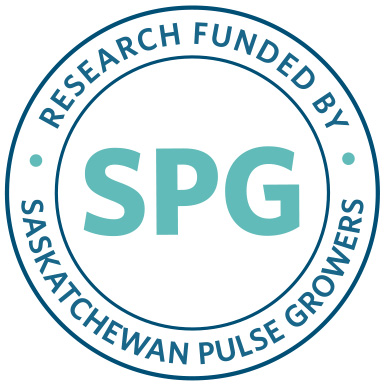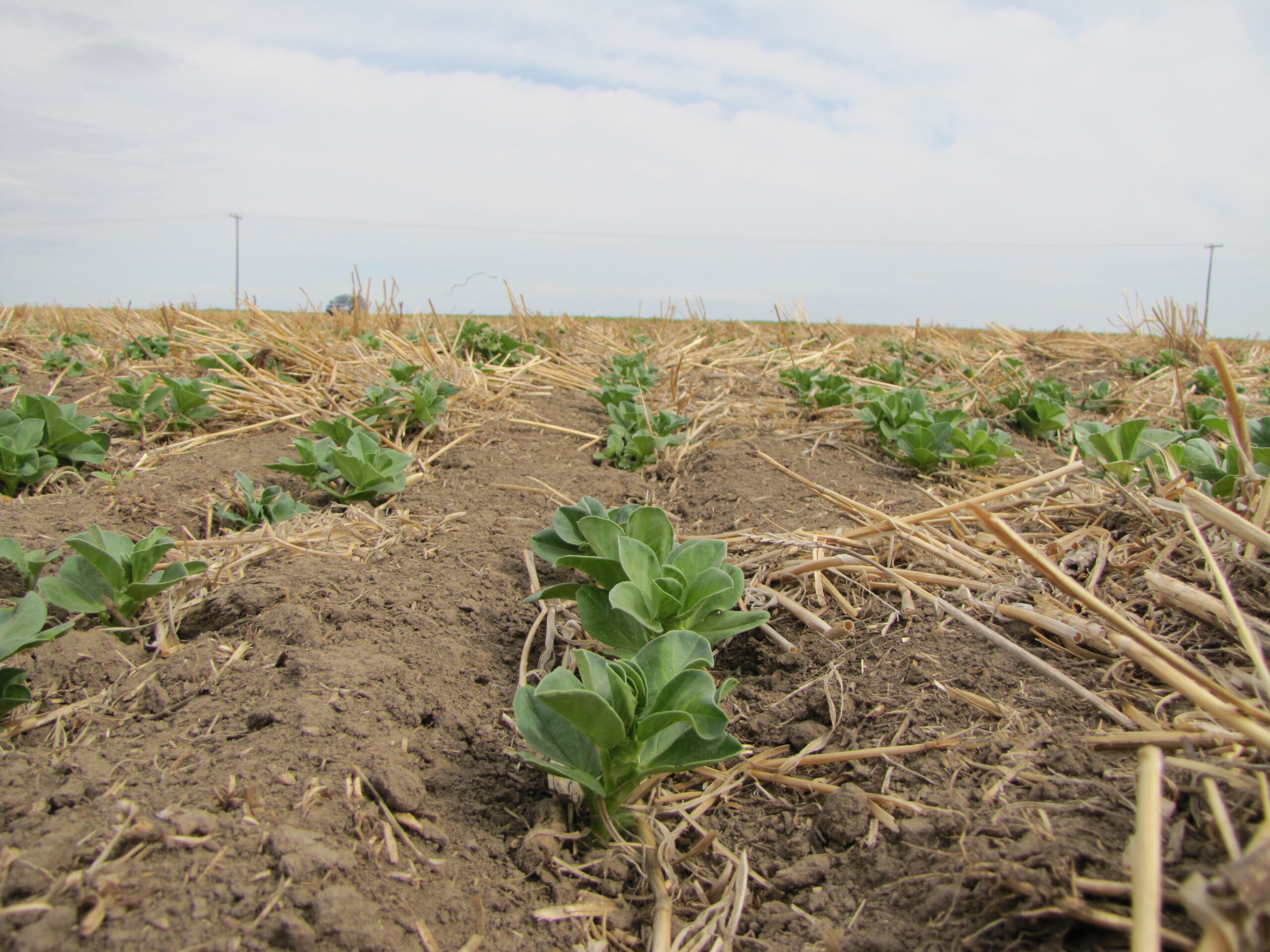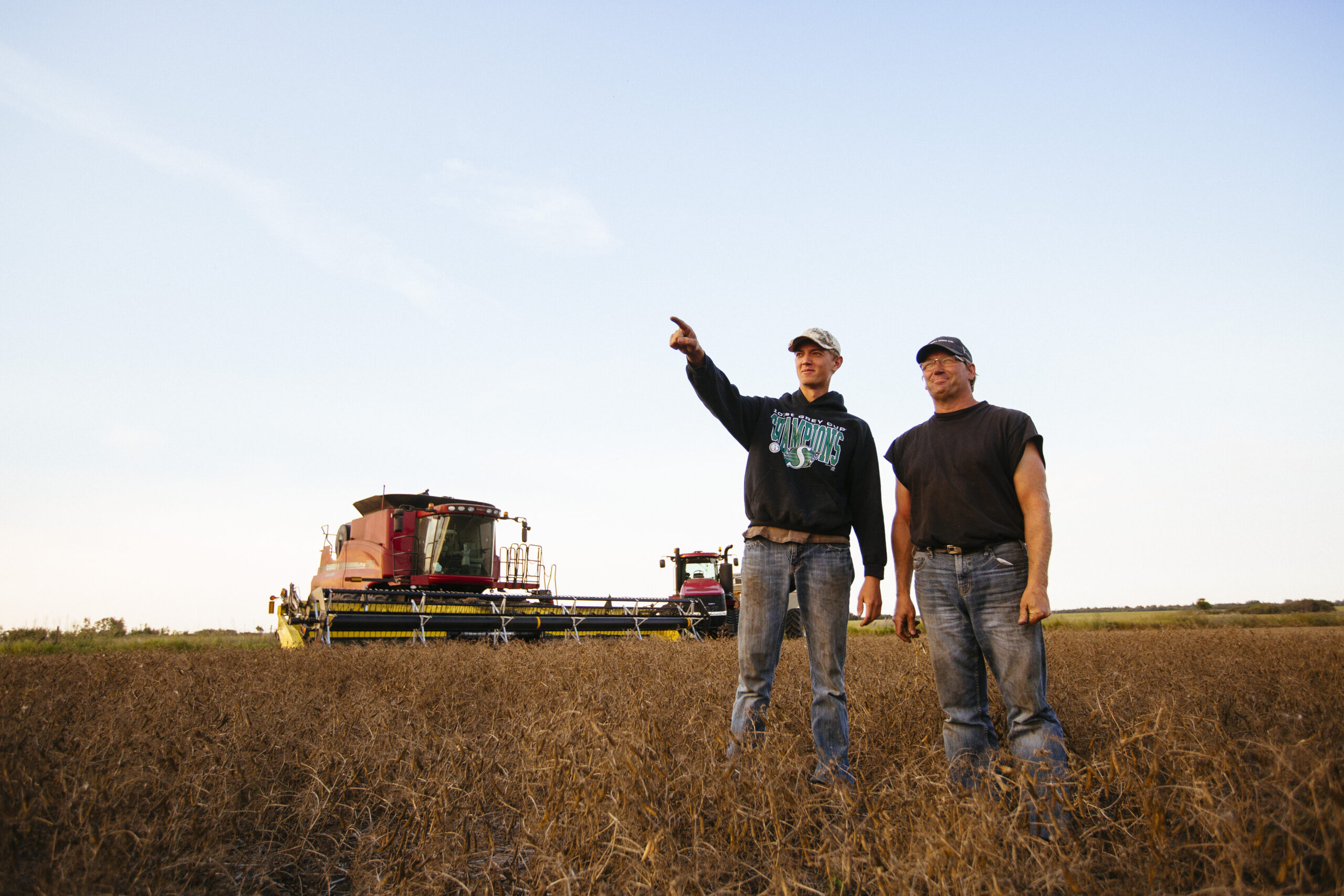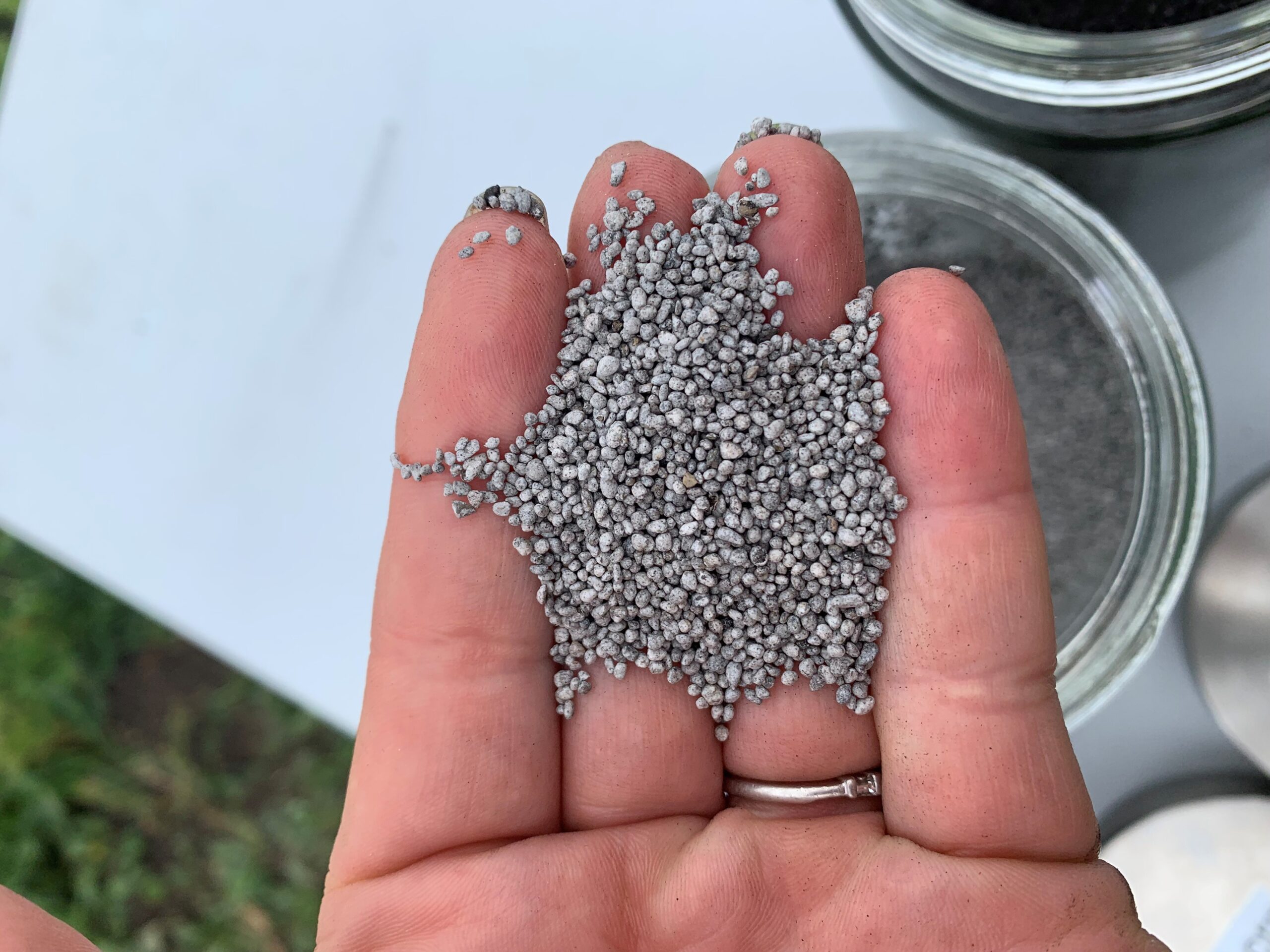Introduction
An effective weed control program is essential for profitable faba bean production. Faba bean seedlings are especially poor performers when it comes to competing with weeds. Canada thistle, perennial sow thistle, cow cockle, round-leaved mallow, and cleavers are all weeds of concern in faba bean production.
An integrated pest management (IPM) program that combines both herbicides and cultural control methods is necessary for effective weed control. This strategy is also important to proactively manage herbicide resistance. By integrating cultural and mechanical practices with herbicide application, weed control and yield can be maintained while selection pressure for herbicide-resistant weeds is reduced.
A study by Dr. Christian Willenborg, Associate Professor in the Department of Plant Sciences at the University of Saskatchewan, set out to determine whether combining pre-emergent (PRE) herbicide use and in-crop cultural techniques can reduce the number of in- crop weeds, thereby reducing the need for post-emergent (POST) herbicide application and reducing herbicide selection pressure.
Key Findings
- Higher seeding rates without the use of herbicides can reduce weed interference; however, they do not result in similar weed densities or faba bean yield as when herbicides are used.
- Seeding rates of 50–100 seeds m-2 resulted in lowest weed densities and highest faba bean seed yields.
- The optimum seeding rate when only PRE herbicides were applied varied depending on the growing season.
- Generally, the lowest weed biomass and optimum yields were achieved when both PRE and POST herbicides were applied at seeding rates of 50–125 seeds m-2.
- Adding a pre-emergence herbicide both reduced weed seed yield and had an impact on crop yield.
- In-crop (POST) herbicides should not be relied on every year, but they do have their place. For example, in dry years, when weed populations do not emerge until after the crop, there was a clear benefit to adding an in-crop herbicide.
Materials and Methods
Willenborg conducted the study from 2016 to 2019 at testing locations in Kernen and Melfort, Saskatchewan. The study consisted of two factors: seeding rate and herbicide treatment. Seven different seeding rates (10, 25, 50, 75, 100, 125, and 150 seeds m-2) and three different herbicide programs (see table) were included in the trial.
Treatments were arranged in a Randomized Complete Block Design (RCBD) with four replicates. Crop Development Center (CDC) Snowdrop is the faba bean cultivar used in the study. Data collection included faba bean plant density, weed densities by species, weed biomass, faba bean biomass, and seed yield.
Herbicide Treatments
| Herbicide Program G | Herbicide Program G+A | Herbicide Program G+A+V | |
|---|---|---|---|
| PRE | Glyphosate | Glyphosate + Authority Supreme (pyroxasulfone + sulfentrazone) | Glyphosate + Authority Supreme (pyroxasulfone + sulfentrazone) |
| POST | None | None | Viper ADV (imazamox + bentazon) |
Effects on Faba Bean Seed Yield
Data analysis from 2019 shows that seeding rate and herbicide effects on faba bean seed yield is significant.
Seeding rates of 50–125 seeds m-2 produced the highest yields, averaging 3,158 kilogram per hectare (kg ha-1) (Figure 1) or 51.8 bushel per acre (bu/ac). When the 25 and 10 seeds m-2 seeding rates were used, the yield was significantly less, by 15% and 49%, respectively.
The addition of the POST herbicide application (i.e., herbicide program G+A+V) provided a 40% yield increase across all seeding rates (Figure 2). There is no difference, however, between herbicide program G and herbicide program G+A. As residual herbicides (such as Authority Supreme) require moisture in the soil profile for activation, this result is not surprising in a dry spring.

Faba bean seed yield differences between each seeding rate treatments at Melfort and Kernen sites in 2019. Seeding rates of rates of 50 to 125 seeds m-2 provided the greatest positive effect on seed yield.

Faba bean seed yield differences between each of the herbicide treatments at Melfort and Kernen sites in 2019. Herbicide program G+A+V provided the greatest positive effect on seed yield.
With regard to yield results across all site years, herbicide program G+A+V had a statistically different maximum yield from the other two herbicide treatments. The maximum yield between herbicide program G and herbicide program G+A was not statistically different. There was a 29% increase in maximum yield from herbicide program G and herbicide program G+A+V. Additionally, there was a 19% increase in yield from herbicide program G+A and herbicide program G+A+V (Figure 3).

The combined effect of seeding rate (seeds m-2) and herbicide on faba bean yield (kg ha-1) in combined site years.
Effects on Weed Biomass
Data analysis shows that herbicide and seeding rate also significantly affect weed biomass. In 2019, weed biomass generally resulted ina curvilinear decline as seeding rate increased (Figure 4.1 & 4.2). However, the least weed biomass was produced when both PRE and POST herbicides were applied in the same season independent of seeding rate. Weed biomass in PRE and POST herbicide treatment was estimated to be 85% less than the weed biomass produced when PRE application alone was applied (Figure 5).

Weed dry biomass differences between each of seeding rate treatments at Melfort and Kernen sites in 2019. Weed dry biomass is reduced as seed rate increases.

Trend line shows a curvilinear decline in weed dry biomass as seeding rate increased at Melfort and Kernen sites in 2019.

Weed dry biomass differences between each of the herbicide treatments at Melfort and Kernen sites in 2019. Herbicide program G+A+V resulted in the lowest amount of weed dry biomass.
Effects on Weed Seed Yield
Herbicide treatments had a significant effect on weed seed yield in all four site years. Seeding rate also had a significant effect (p<0.05) on weed seed yield in three out of four site years (Kernen 2018, Kernen 2019, and Melfort 2019).
Weed seed yield was lowest across all seeding rates at all site years with herbicide program G+A+V (Figure 6). At Kernen 2017 and Kernen 2018, there was a reduction in weed seed yield with the addition of a PRE treatment at all seeding rates. At both locations in 2019, there were no differences between herbicide program G and herbicide program G+A.
The lowest weed seed yield at Kernen 2018, Kernen 2019, and Melfort 2019 was found at seeding rates between 75 and 100 seeds m-2 (Figure 6). There was a slight increase in weed seed yield at seeding rates higher than 75-100 seeds m-2 when treated with herbicide program G+A+V at the same three sites. Results at Kernen in 2017 showed a linear reponse between weed seed yield and crop seeding rate. However, this trend was not linear at the other sites but rather, was curvilinear in nature.

Seeding Best Practices to Manage Herbicide Resistance
In faba bean production, the high level of efficacy and frequent use of herbicides exerts strong selection pressure for the development of herbicide-resistant weed species. IPM is the best defence to manage herbicide resistance. Employing competitive cultural techniques such as seeding rates help to maximize crop competitiveness and minimize weed pressure. When seeding rates are too low, it may reduce overall cost, but it puts more reliance on a herbicide, and may impose selection pressure. Pre-emergent products allow fields to be clean during the critical weed-free period, which lessens the weed population such that it will reduce selection pressure and help to manage resistance.
Conclusions
Higher seeding rates without the use of herbicides can reduce weed interference; however, they do not result in similar weed densities or faba bean yield as when herbicides are used. Seeding rates of 50–100 seeds m-2 resulted in lowest weed densities and highest faba bean seed yields. The optimum seeding rate when only PRE herbicides were applied varied depending on the growing season. Generally, the lowest weed biomass and optimum faba bean yields were achieved when both PRE and POST herbicides were applied at seeding rates of 50–125 seeds m-2. These results were consistent to the results obtained from previous years of this project. However, cost analysis will be required to determine the optimum economic seeding rate.




